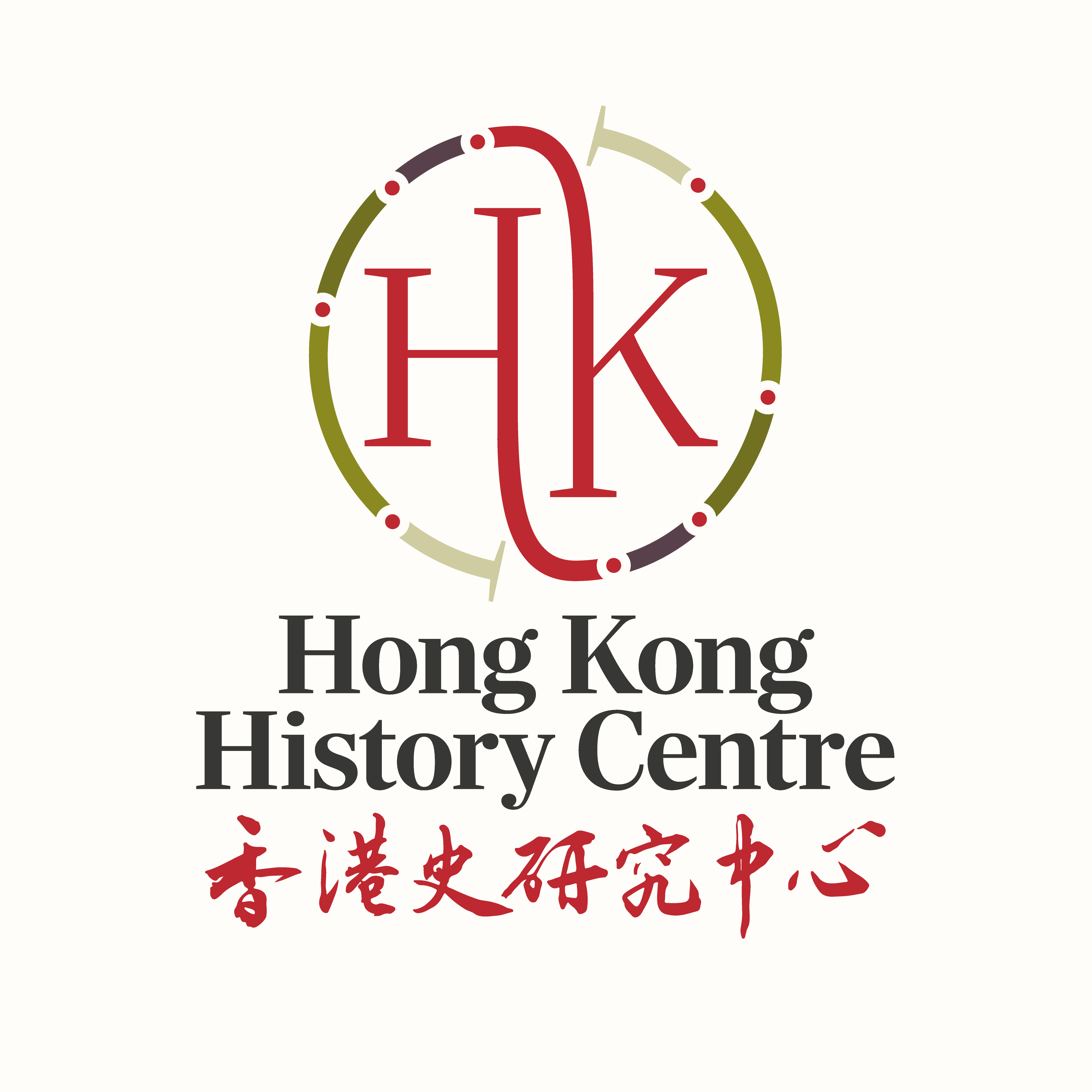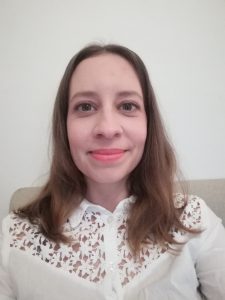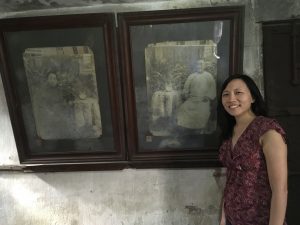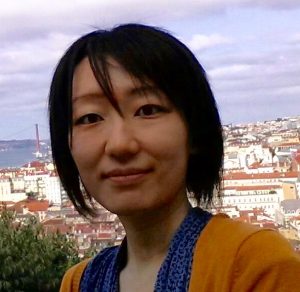Showing 11-20 of 28 items

This week our guest writer is Reynold Tsang, MPhil student at the University of Hong Kong. Born and raised in Hong Kong, Reynold shares with us his research on the development of museums in late colonial Hong Kong, and how such research informs us about various aspects of the city's history. Thanks to the colourful history comic books from public libraries and various historically themed video games, I developed

Sorry that it took us a while to resume our publishing routine! This week we have Bristol’s very own Thomas M. Larkin to tell us his fascinating research. Supported by the Augustine Heard Studentship within the Hong Kong History Project at University of Bristol, Thomas works on Anglo-American relations in 19th century China, and aims to find out how trade competition between the two communities influenced the development of Hong

We are delighted have Amelia Allsop as our guest writer this week. The Research Manager of the Hong Kong Heritage Project 香港社會發展回顧項目, Amelia is doing her PhD at King's College, London. Here she tells us her way into Hong Kong history, and her fascinating doctoral research about Jewish refugees in Hong Kong. I completed my History BA at King’s College London in 2005 and in the same year I embarked on an

Where There's a Will There's a Way: Finding My Ancestors in China and Hong Kong by Natalie Fong 鄺黎頌 My research journey started in London, where I completed an MA in Victorian Studies at Birkbeck College, University of London, in 2006. For one assignment, I analysed representations of nineteenth-century Chinese opium dens in London's East End in literary texts and contemporary accounts. Living in London again in 2013, I researched

Kaori Abe is a former postdoctoral fellow of Nanyang Technological University, Singapore, and has a PhD in History from the University of Bristol. Her main research areas are the history of Hong Kong, modern China and the British Empire in the nineteenth and twentieth centuries. Don't forget to check out her book Chinese Middlemen in Hong Kong's Colonial Economy, 1830–1890 if you're interested in her fascinating research on compradors in Hong Kong!

Tamara Cooper is a PhD Candidate in the School of Humanities and Social Inquiry at the University of Wollongong in Australia. Her research focus is on the British Women’s Missionary Movement and its involvement in debates on the trafficking in women and children in China and Hong Kong during the late 19th and early 20th centuries. Her wider research interests include histories of imperialism, empire, religion, and women’s history. I

Loretta Lou is a sociocultural anthropologist with an interest in environment, health, and science, technology & society (STS) studies. She has recently received her DPhil in Anthropology from the University of Oxford, where she now works as a Postdoctoral Researcher for the Forum on Health, Environment and Development (FORHEAD) at the School of Interdisciplinary Area Studies. In this post Loretta tells us about her research on Hong Kong’s green living

Nele Fabian is a PhD candidate in Chinese History at Ruhr-Universität Bochum, Faculty of East Asian Studies, in Germany with a thesis on the “Social and Cultural Dimensions of Waste Treatment in Chinese Cities in the Nineteenth and Twentieth Centuries”. Her research focuses on modern Chinese environmental history, urban social history, and the history of insurances in China. In this post Nele kindly shares with us her way into the fascinating

This week we have Bristol's very own Katon Lee sharing with us his journey into the fascinating world of suits and tailoring in Hong Kong. If you know anything about suit making/tailoring that you think Katon would be interested to hear about, please get in touch with him - he'll be happy to hear from you! Born and raised in Hong Kong, I consider this small city to be my

This week we have Nathan Kwan, who's in his second year of PhD study with the University of Hong Kong and King's College, London. Nathan's telling us in this post how he became interested in Hong Kong history, and giving us a trailer of his fascinating research on the cooperation of the Qing and the British officials in combating piracy along the South China coast. I am connected to Hong Kong